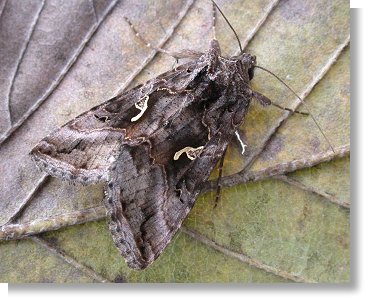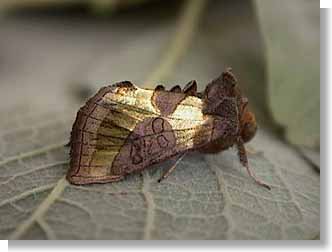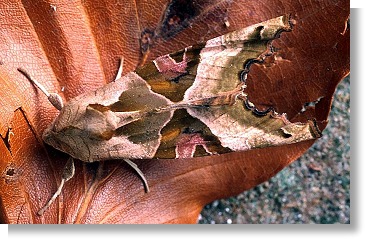Countryside Rangers Diary
June
What a busy month in Margam Country Park.
 This is the month when our fallow and red deer give birth to their young. The activity peaks with the majority being born from the second week of June onwards.
This is the month when our fallow and red deer give birth to their young. The activity peaks with the majority being born from the second week of June onwards.
The fallow deer have a long gestation period of approximately seven and a half months. They usually produce one fawn (fallow) or calf (red), rarely having twins.
It would seem that does (female fallow deer) that have given birth are often found away from the main herd. They seem to want to find a safe place in which to give birth. The young may be born amongst grass, rushes, bracken, nettles or even on bare leaf litter.
Immediately after a fawn is born it is thoroughly licked by its mother. As well as cleaning the fawn it starts to establish the strong bond between the mother and youngster.
Fawns are able to stand, although rather shakily, within minutes of birth, they will suckle first within an hour. They will then rest near where they were born for several hours. In fact, most of early life is spent resting! It’s dappled coat provides excellent camouflage. The doe will return to the fawn approximately once every 4 hours for it to suckle.
After a week or so the fawns will be keen to follow there mothers although still spend much time resting.
By mid July does and fawns may be seen in small groups. By mid August when the fawns are approximately 2 months old the fawns are often seen playing together, like other animals these youngsters are very playful, they jump, leap and rush around. Great to watch!
Should you ever come across a young deer either in the park or outside leave it alone, its mother may not be visible to you but she will not be far away.
June is a good month for moths.
Moths become active around dusk during warm summer evenings.
Many of them end up inside our houses or porches having been attracted by the lights. Some of them are amazingly colourful.
See if you can find any of these.

This is the SILVERY.
It is a common visitor during this month. It can be recognised by the clear silver Y shape on its wing.

The BURNISHED BRASS is a common moth of gardens, fields and waste areas. It has a metallic brass colour on its wings.

The ANGLE SHADES is quite a large moth which is common in woods, parks and gardens. It can be found during the day resting on fences and leaves.
There are many different species of moth to be seen. Keep your eyes peeled!